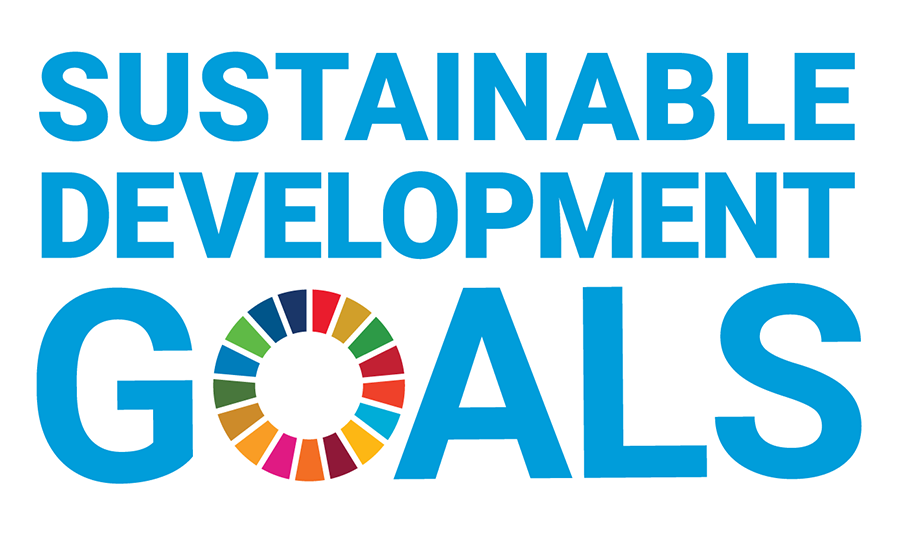-

- Exterior
-

- Interior
Typhoons, heavy rains and other natural disasters have increased in frequency over recent years, causing not only power outages for homes and evacuation centers, but also increasing the need for medical services in disaster-affected areas. In light of this, Toyota has been working with Japanese Red Cross Kumamoto Hospital since around the summer of 2020 to look into how these issues could be addressed. As a result, the two organizations have agreed to contribute to solving issues associated with natural disasters. This would be achieved with an FCEV mobile clinic that could be used to deliver medical services during normal times, and could also be used to support disaster relief efforts during times of disaster, while supplying electricity in disaster-affected areas as part of a disaster response.
Toyota has developed the FCEV mobile clinic based on its Coaster minibus, with the power source using the Toyota fuel cell system*2 employed by the "Mirai" FCEV. On the road, it exhibits a superior environmental performance with no CO2 emissions or substances of concern (SoC), while offering a low-noise, low-vibration driving experience.
With multiple 100 VAC accessory power outlets supplied not only inside the vehicle but also outside the cabin, the vehicle is able to supply electricity to a variety of electrical products. It is also equipped with an external DC electric power supply system that delivers a high-output, large-capacity supply of power*3 (9 kW max output, approx. 90 kWh supply capacity). Inside, the vehicle combines air conditioning with an exhaust system and HEPA filter*4 to improve infection control for occupants when working.
Japanese Red Cross Kumamoto Hospital and Toyota believe the FCEV mobile clinic has the ability to create new value not found in conventional mobile clinics. Bringing their respective knowledge and technologies to the development. and utilizing the exceptional environmental performance that is unique to FCEVs, they aim to explore expanded applications for a mobile clinic that can reduce stress levels for both medical staff and patients. Demonstration testing seeks to achieve a reassuring power supply during times of disaster with a view to effective utilization of the vehicle's power supply capabilities in medical settings and disaster-affected areas. In addition to emergency transportation of patients, they believe the FCEV mobile clinic has the potential for a wide range of applications and developments in the healthcare field, including supplying electricity to blood donation buses and medical examination vehicles, traveling to less-populated areas as a mobile clinic, and a mobile PCR testing vehicle.
| *1 | As of March 2021, according to Toyota Motor Corporation. |
|---|---|
| *2 | Fuel cell system installed in the first-generation Mirai. |
| *3 | The power that can be supplied and the power amount may differ, depending on the performance of the power supply unit, amount of hydrogen remaining, and power consumption. External power feeding devices are sold separately. |
| *4 | HEPA stands for high-efficiency particulate air (filter). According to JIS standards, HEPA filters are defined as having a particle capture rate of at least 99.97% of particles measuring 0.3 μm in diameter at a rated air flow, and an initial pressure loss of 245 Pa or less. |
ReferenceMain specifications
| Vehicle | Length / width / height | 7,160 mm / 2,105 mm / 2,795 mm |
|---|---|---|
| Gross vehicle weight | 5,670 kg | |
| Maximum speed | Approx. 100 km/h | |
| Cruising range | Approx. 210 km | |
| FC stack | Quantity | 1 |
| Maximum output | 114 kW/155 PS | |
| Motor | Quantity | 1 |
| Maximum output | 134 kW/182 PS | |
| Maximum torque | 300 N・m (34.2 kgf・m) | |
| High-pressure hydrogen tank | Number of tanks | 3 tanks |
| Hydrogen storage mass | 7.2 kg | |
| Power supply | Type and output | AC 100 V, 9 kW max |
| DC (CHAdeMO), 9 kW max | ||
| Power supply amount | Approx. 90 kWh |
Toyota Motor Corporation works to develop and manufacture innovative, safe and high-quality products and services that create happiness by providing mobility for all. We believe that true achievement comes from supporting our customers, partners, employees, and the communities in which we operate. Since our founding over 80 years ago in 1937, we have applied our Guiding Principles in pursuit of a safer, greener and more inclusive society. Today, as we transform into a mobility company developing connected, automated, shared and electrified technologies, we also remain true to our Guiding Principles and many of the United Nations' Sustainable Development Goals to help realize an ever-better world, where everyone is free to move.
- SDGs Initiatives
- https://global.toyota/en/sustainability/sdgs/







